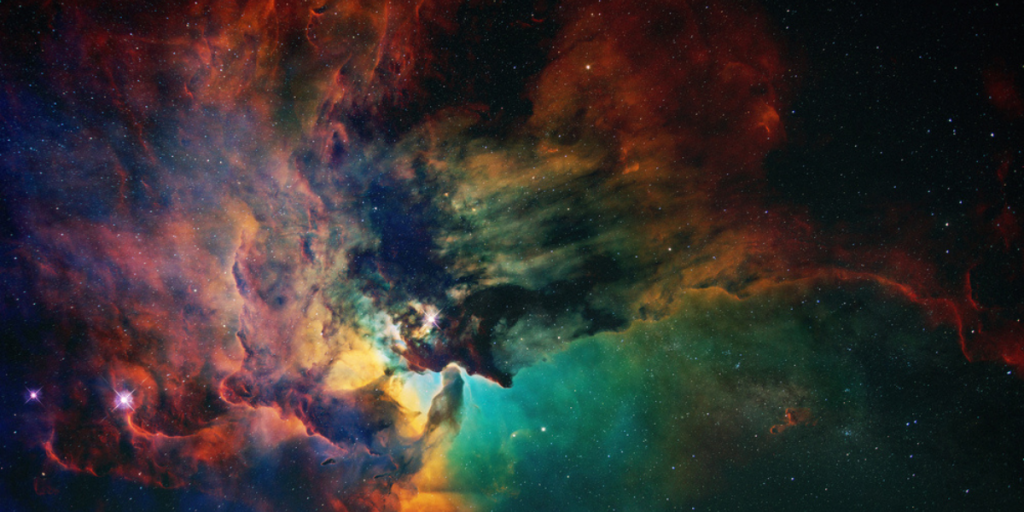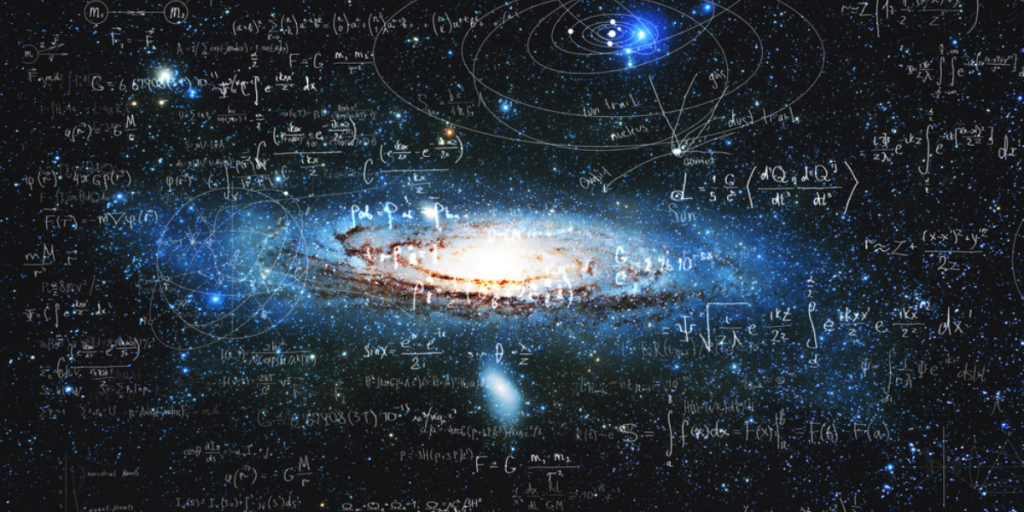When Darkness Falls to Gravity
Others are reading now
When Darkness Falls to Gravity
Unseen Forces of the Universe

For centuries, humankind has tried to understand the invisible forces that shape the cosmos. Gravity, magnetism, and the nuclear interactions define how matter behaves — yet they may not tell the full story.
Beyond what we can see lies a mysterious substance known as dark matter, invisible to light but essential to the structure of the universe. Recent discoveries are offering new insight into how this unseen mass moves, interacts, and obeys the laws of physics.
Dark Matter Under Gravity’s Rule

According to Space.com, scientists have confirmed that dark matter follows the pull of gravity, behaving as ordinary matter does on a cosmic scale.
Using extensive galactic data, researchers at the University of Geneva (UNIGE) compared the velocities of galaxies with the depths of gravitational wells — massive warps in spacetime predicted by Einstein’s theory of general relativity.
Also read
The results show that galaxies, which are largely made of dark matter, fall into these cosmic wells just as ordinary matter does, offering strong evidence that dark matter obeys the same gravitational laws that govern the visible universe.
Testing for a Hidden Fifth Force

As reported by Space.com, the study’s goal was to determine whether dark matter could be influenced by an unknown fifth fundamental force of nature.
If such a force existed, it would alter the movement of galaxies within these gravity wells. By comparing their speeds and positions, the team found no signs of deviation from expected gravitational behavior.
Researcher Camille Bonvin explained that if dark matter were subject to another force, it would have been evident in these measurements. The conclusion: if a fifth force does exist, it must be extremely weak — no stronger than 7% of gravity’s strength.
The Search Continues

Space.com notes that while these findings do not rule out a fifth force entirely, they set important boundaries for its possible strength and behavior. Researcher Nastassia Grimm, from the University of Portsmouth, emphasized that any hidden force must be subtle enough to have escaped detection so far.
Also read
However, future experiments such as the Vera C. Rubin Observatory’s Legacy Survey of Space and Time (LSST) and the Dark Energy Spectroscopic Instrument (DESI) are expected to detect forces as weak as 2% of gravity, allowing scientists to probe deeper into dark matter’s mysterious nature. The study was published in Nature Communications on November 3.
What We’ve Learned

These discoveries reinforce our understanding of how gravity governs the universe. Dark matter, though invisible, appears to move under the same cosmic rules as everything else, confirming Einstein’s predictions on a grand scale.
Yet the possibility of a faint, unknown force lingers — a reminder that even our most trusted theories may hold surprises. Science, as ever, advances through precision and patience, each discovery narrowing the space where mystery can hide.
The Mystery Persists

Dark matter remains one of the universe’s most profound enigmas — unseen, untouchable, yet undeniably real. As technology sharpens our view of the cosmos, humanity edges closer to uncovering how this invisible material sculpts galaxies and drives cosmic evolution.
Whether guided solely by gravity or touched by a hidden fifth force, dark matter continues to challenge our understanding of nature itself — proving that the universe’s greatest secrets often lie in what we cannot see.


